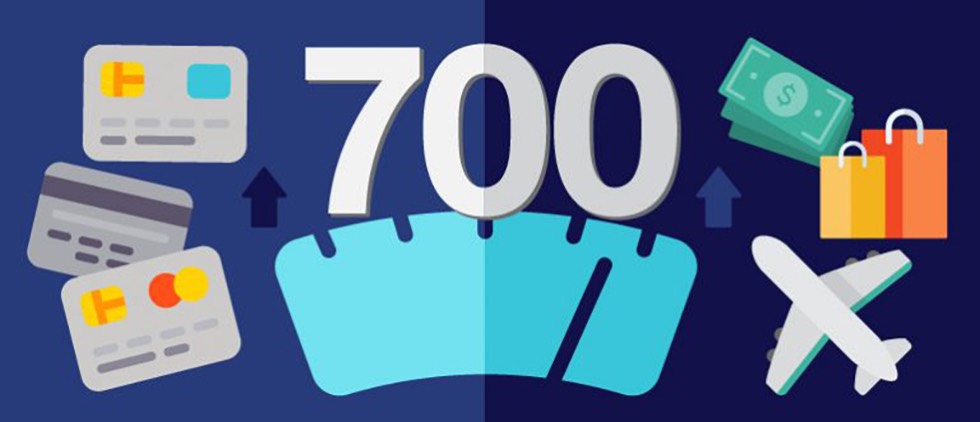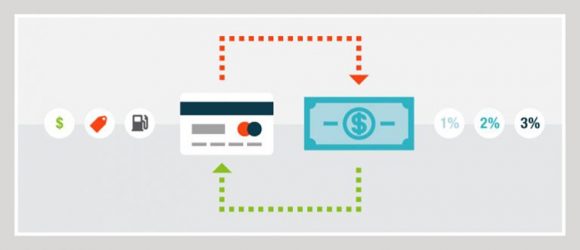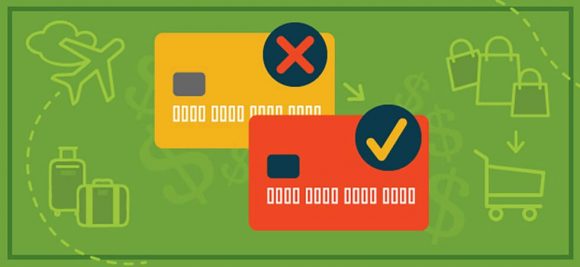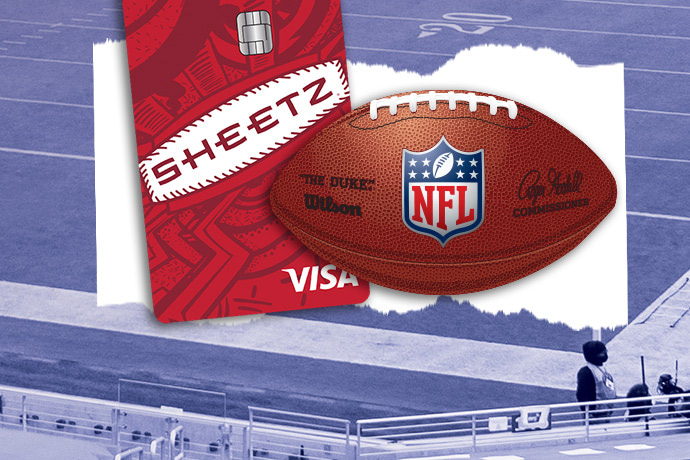What Rising Credit Scores Could Mean for Credit Card Marketers

The Wall Street Journal recently reported that credit scores have reached a record high and that “the average credit score nationwide hit 700 in April.” According to the Journal, we’ve come a long way since the Great Recession. The impacts of the mortgage and credit crisis of 2008 are fading, unemployment is down and, importantly, consumers who got into financial trouble last decade are seeing foreclosures and bankruptcies being cleared from their reports.
That last point may be most important. The fallout from the crash impacted consumers for a few years after the initial shock, so this could be the beginning of a trend that will last a few years. But what does it all mean for payment cards and card marketers? We decided to make a few guesses.
Hypothesis #1: Rewards ratchet up
According to a recent study commissioned by MagnifyMoney, issuers are spending more on rewards programs than ever before. Among the six largest issuers, who make up over 65% of the card market, bank spending to support rewards programs has doubled since 2010, from $10.6 billion to $22.6 billion. There’s a good reason for that: loyalty is higher among rewards cardholders. They tend to spend more often, spend more per transaction and are less likely to attrite.
For issuers, much of the spending increase is due to richer sign-up incentives (like the much written about 100,000-point bonus from Chase) and richer value propositions (like Citi’s Costco Anywhere Visa’s 4% back offer). Getting customers onboard and keeping them happy is key to long-term success because they rarely cancel rewards cards. In fact, the MagnifyMoney study found that only 6.7% of consumers plan to cancel a card that they opened in the last year.
With an increase in consumers becoming more creditworthy, they will become increasingly eligible for rewards cards. As issuers compete for that spend, this could lead to an increasing number of attention grabbing bonuses offers like Chase Sapphire Reserve and value props with more aggressive earns.
Hypothesis #2: High-end cards become more common
In reporting on “premium” rewards cards, Bankrate recently talked to payment consultant Brian Riley who said that the minimum credit score you need for a premium rewards card is between 680 and 700. Guess what? The average credit score is now 700!
For years we’ve see an increasing number of cards targeted at higher-end customers, especially travelers. And just recently we’ve taken note that in the U.S. several issuers have launched Visa Infinite cards. Among them are Chase, City National Bank, UBS and U.S. Bank. Outside the U.S., Infinite cards were essentially the overseas version of Visa Signature. Now, however, the line is also available to American consumers and has been recast as a step above Signature (which has become ubiquitous) with additional perks that are most relevant to travelers, though those perks do generally come with an annual fee.
Does this mean that Visa and its issuers are trying to establish a new category of “high-end” cards? It’s too early to tell if this is a trend or if these new cards will catch on, but now that the average credit score is 700, that could shift the premium card “floor.” Issuers may need to raise the ceiling to offer more products at the higher end.
Hypothesis #3: Balance transfer offers get extended
It’s fairly common to see 0% intro APR offers run for about 6-12 months, but there are a couple cards that offer significantly extended duration BTs. The Chase Slate card offers 0% for 15 months and the Citi Simplicity card offers 0% for a whopping 21 months. At first these offers seem to contradict the WSJ credit score report. After all, Americans are getting more responsible with credit, so why do they need these long duration offers?
But if you think about it, there are incentives for both consumers and issuers to take advantage of relatively long-term BT offers. As consumers look to clear lingering debit from the recession, they can transfer balances from higher interest rate cards to save money. And with rates likely on the rise, the timing might be right to jump at an offer. Issuers have the opportunity to get new customers who may be paying down outstanding debits while increasing their creditworthiness. A year or two down the road, those established cardholders may qualify for a rewards card, and if issuers are smart that will lead to…
Hypothesis #4: Upgrades, upgrades, upgrades
More than anything, the news about credit scores improving gives card marketers a golden opportunity to look at their existing customers and target the best ones for card upgrades. After all, the customer already knows the issuer, and the issuer knows that the customer is creditworthy and pays on time. Plus, the issuer can better match the customer to the right product based on spend history.
The upgrade provides an easy opportunity to potentially get cardholders spending more via rewards cards and can lead to improved satisfaction if they feel the issuer is “listening” to them.
Hypothesis #5 – The downfall of debit
Could rising credit scores lead to less spend on debit? Possibly, but in a very indirect way. In the wake of the Great Recession, the Durbin amendment allowed for caps on debit interchange fees. That lead to issuers making less money on debit transactions and an almost overnight shift away from any debit rewards programs. The main benefit of debit is now control: when customer use their cards, the funds come directly out of their DDAs so they can’t overspend.
But… if more creditworthy consumers are approved for rewards cards, is it possible that getting points or cash back will become more valuable than control? It’s possible, and it could mean a shift in spend from debit to credit is coming.
Final thought
I make no guarantees that any of these musings will come to pass, but it’s a sure bet that improving credit scores will have some impact on the payment cards landscape. And it’s also very likely that we will be seeing those impacts play out for years to come.








